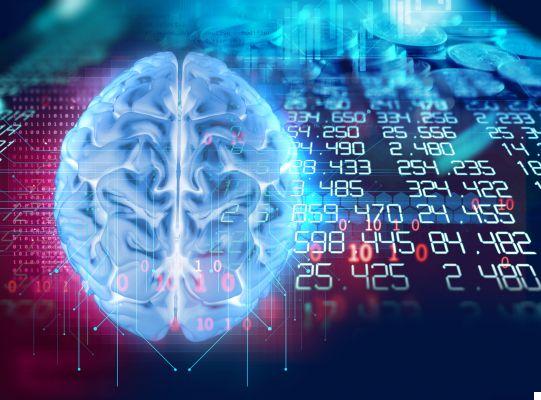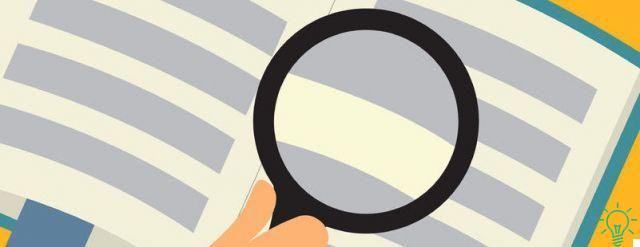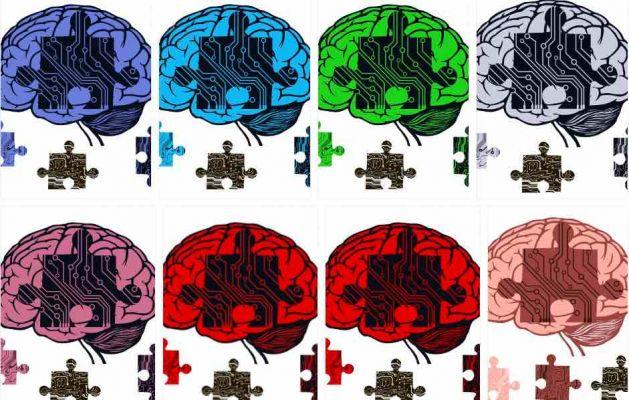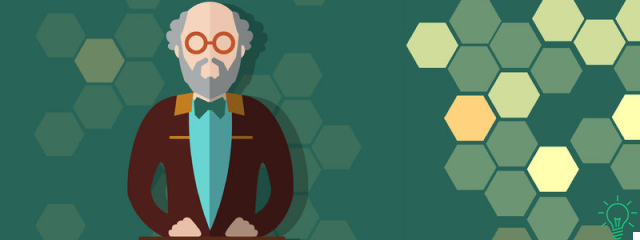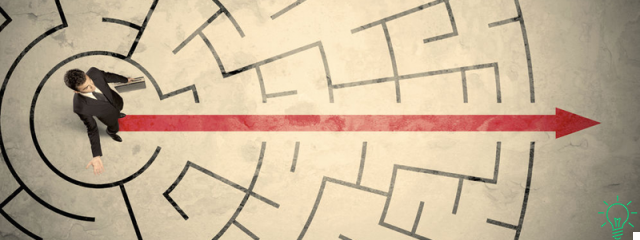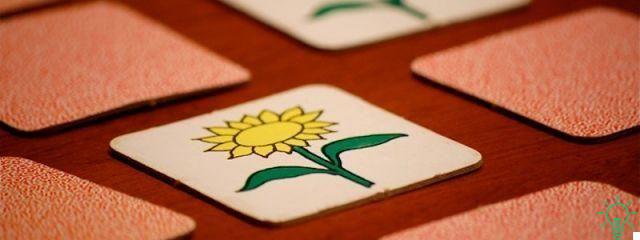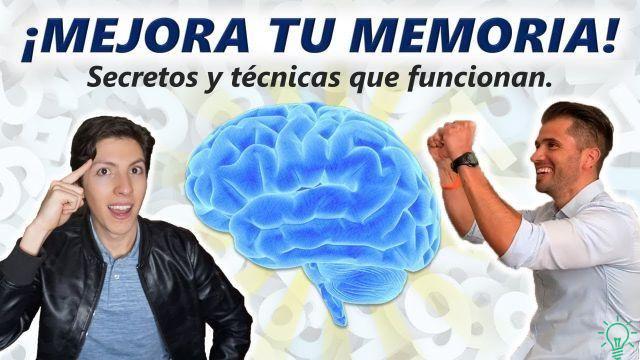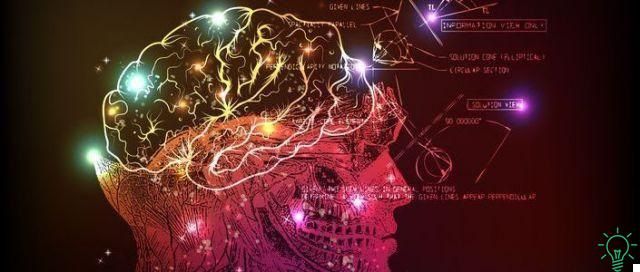
In the past few weeks, I've done a bit of research to upgrade my article on speed reading, and I've come across a ton of information on memoria eidetica.
Eidetic memory is the (supposed) ability of remember vividly and precisely images, but also sounds and other sensory stimuli, if only alone after a few moments of exposure.
Exactly as if I took a picture of him.
For this reason, the term of is often used for it photographic memory.
And since the written words are in effect themselves images, according to many coaches the existence of eidetic memory would allow the so-called "photo shoot“, A form of extreme fast reading in which you get to tens of thousands of words per minute.
That is 20-30 times the quantity of words that in my opinion can be reached with quick reading.
Developing an eidetic memory of this type is therefore potentially a kind of nuclear bomb of thefast learning.
But…
Does eidetic memory exist?
Within certain terms, yes.
Notably, according to many psychology studies, all young children have one extraordinary visual memory.
And a high percentage of them have it so strong that it can be classified as "eidetic".
However, there is a problem: it seems that its anomalous development compared to adults is due precisely to poor language and analytical skills of children of that age.
And that therefore the eidetic memory capacities are inversely related in children with their limited abilities of language and abstraction.
Which, coincidentally, are two of the fundamental pillars of advanced learning.
So, according to these studies, the eidetic memory supports learning in the first years of life.
Then gradually giving way to more advanced forms of interaction with the external environment. And to the progressive loss of most of our memory abilities.
Eidetic memory of children: a rationale
It has been a few million years that man, like all animals, has entrusted his survival to learning ability.
Professor Steven Rose, in his book "The Making of Memory", points out that the human race has evolved in situations where, as he says
“It was very likely that the environment in which one grew up was essentially identical to the one in which he would later spend the rest of his life.
Hence theimportance of eidetic memory in childhood… And its gradual disappearance in puberty ”.
In short, for millions of years we had to learn everything, and very quickly, in the first years of life. And then very little in the following.
Hence the usefulness of eidetic memory as children, and its almost total disappearance in adults, who in fact did not need it.
But now the learning needs have changed a lot.
And you find yourself having to learn a new language, a new programming language, or a new college exam, at the age when our primitive ancestors already knew pretty much everything they needed.
For this reason, recovering eidetic memory as adults would be very useful.
Eidetic memory in adults
There are many anecdotes about famous cases of eidetic memory in adults.
Mozart for example he was able to reproduce a symphony after hearing it only once. (In this case we speak of eidetic memory for sounds).
As well as a chess champion he is capable of amazing things.
For example:
- Remembering an entire game from start to finish, reconstructing it move by move
- Play on several boards at the same time
- Play with your eyes closed against one or more opponents
A chess champion therefore appears to have exceptional natural memory abilities!
An eidetic memory experiment in chess
But appearances are deceiving.
For example, in a well-known memory experiment, chess champions were asked to remember the position of pieces on the board messi to case.
And they proved one just above average ability to remember.
It was therefore established that the apparent extraordinary memory of chess champions it actually depends on their deep knowledge of the game, which allows them to remember many typical positions and their variants.
While if the pieces are placed at random, their memory becomes normal again or a little more.
Probably the same thing happened to Mozart with symphonies.
He knew the rules of harmony so deeply that he didn't have to remember one note at a time, as we would. Instead he recognized and remembered very specific patterns for him and identifiable.
So exactly like us, when we understand something deeply, we are able to remember it, so it happened to Mozart in music.
For him, the sequences of notes had such a meaning that they could be easily remembered.
And so it was not his memory that was extraordinary, but his understanding of music.
Probably then, in recalling a sequence of 100 causal notes, Mozart would not have done much better than any normal musician.
Eidetic memory: how to develop it (if it doesn't exist?!?)
On the one hand then, eidetic memory in adults practically does not exist.
The genes don't even have it, it's a chimera, a science fiction dream that is exploited for commercial purposes.
And so, in upgrading my speed-reading article, I am absolutely convinced that stuff like photo reading is deceptive advertising, bordering on scam.
So stay away from it, so as not to waste time and money.
On the other side though, it is undeniable that visual memory is so powerful that it has been selected by evolution as the primary learning strategy.
So, even if eidetic memory as some tell it, in fact does not exist, you can partially develop something similar with 4 strategies:
# 1 Increase your knowledge of a topic
We have seen it with Mozart and with the chess champions: the more you know, the easier it is to remember.
That is, the more robust the framework in which each new information is inserted, the more it makes sense and is easier to remember the "global image”That does not form you.
For this reason, in a subject, those who are good become better and better. And who is scarce becomes scarcer.
In the first case, in fact, new information increases the "global sense"Of the previous ones.
In the second case, however, each new information increases the confusion.
It is for this reason that, when you are behind on something, you feel the compelling sense of "catch up”Before moving on.
And it is for this reason that studying a little every day is better than studying a lot in a short time.
As well as, if you always go to class, it is easier for you to understand, take notes and remember, than introducing yourself once in a while.
# 2 Boost natural visual memory
Every physical and intellectual faculty can be enhanced by exercise.
For example, we all know how to run. But few are able, without training, to do it for 15 kilometers!
Yet, with a few months of practice, almost anyone can do it easily.
Similar improvements also occur in brain performance, where what seems impossible to you today can be achieved with a few weeks / months of exercise.
Try this online test for example.
You will see how your performance will be increased even after just half an hour of exercise!
In the blog, you will also find a specific article only on visual memory that can be useful to you.
In my opinion, however, the best exercise for improving visual memory is drawing.
Not making fancy designs, but portraying reality.
In this way you are forced to look at objects, faces, details and then try to reproduce their shapes and colors on the sheet of paper, from memory.
# 3 Use memory techniques
Most memory techniques use images precisely because they are remembered better.
Furthermore, they associate new images with old images, as in the technique of loci and in the palace of memory, to exploit the persistence of the latter.
I have partly talked about the reasons why images are so efficient for remembering in this article, but you can learn more about them in the article remembering through images.
Now, if you use memory techniques you will find that, thanks to them, remembering images and information is very easy.
But you will also find that the real difficulty, when using them, is learning to encode information into images.
To see examples of how to do this read:
- Phonetic conversion to remember numbers
- The keyword method for learning foreign words
# 4 Use infographics
Since we remember the images better, he tries to study starting from material organized in images.
In this way you stimulate and use your residues of memoria eidetica.
The best tool to do this is with infographics.
It is visual representations of information, data and concepts, made with the aim of presenting them clearly and quickly.
Infographics have many virtues, including the very important one that studying them is not boring at all.
In front of an infographic, the brain is immediately attracted to the colors, the organization, the arrows, the symbols, the drawings, the brevity of the written contents….
And therefore, no matter what the topic is, the brain always looks at an infographic with great attention and curiosity.
And if you make them yourself, add an important "quid" to the learning process: the effort of synthesis and creativity necessary to make efficient infographics.
Below, I give you an example of a very successful infographic. And that it will also be useful to you.
It represents the results of an interview with 3000 students about their strategies more effective studies.
Imagine if the same content were presented to you with a non-visual summary - it would certainly be less clear, more difficult to remember, and hugely more boring to study.
Because you see, the basic fact is that images and colors we like and affect us more than anything else.

Eidetic memory: conclusions
So, are you a little disappointed that the eidetic memory they show in the movies does not actually exist?
Maybe yes…
But you have 4 strategies to develop a form of "eidetic memory", and each of them is worth trying.
Leave me your comments, your doubts, and your experiences with visual, or photographic, or eidetic memory… And whatever you want to call it, use it! A greeting. Anthony.











